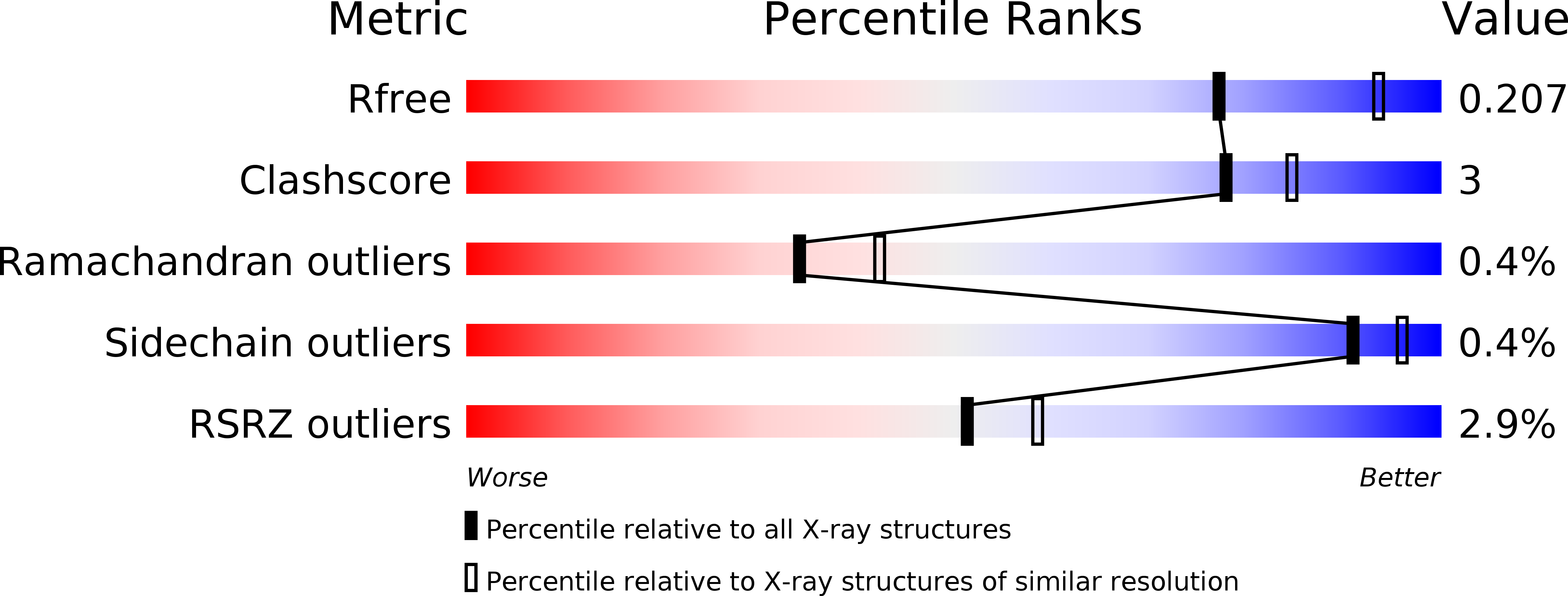
Deposition Date
2012-04-27
Release Date
2012-10-03
Last Version Date
2023-12-20
Method Details:
Experimental Method:
Resolution:
2.30 Å
R-Value Free:
0.20
R-Value Work:
0.17
R-Value Observed:
0.17
Space Group:
P 65


